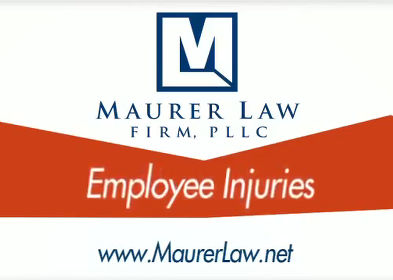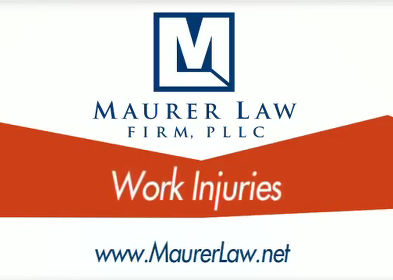Upfront Fees and Post-Settlement | New York City Personal Injury
Joseph Williams
Upfront Attorney Fees
When a mesothelioma victim and their family come into my office, one of the first questions they ask me is are there any upfront costs or fees for me to handle their case? Hi, I’m Joe Williams. I’m a mesothelioma trial attorney in New York City. I can tell you that the answer to this question is absolutely not.
Paying to Prosecute Your Case
In a mesothelioma case, the lawyers for the victim lay out the money to prosecute the case. So things like court filing fees– to file the case, to start the case, there’s a fee in the courthouse to do that. The lawyers lay out that money. Fees associated with continuing the case, the lawyers lay out that money. Fees associated with hiring expert witnesses– a mesothelioma case requires the hiring and retaining of some very important expert witnesses in order to support the medical and exposure claims that are made in the case. All of those fees are disbursements which are laid out by the attorneys in the case. I can tell you at our firm, we never ask a client to set forth any payments, any money, until the case is concluded.
Post-Settlement Money
What happens is the case is prosecuted until it’s completed. At that point, the money that is obtained in the form of a settlement or a judgement or verdict at trial, the lawyer takes the disbursements and pays them back, then takes the lawyer’s fee. All the remainder of the money, whether it be in the form of a settlement or a verdict at trial, all of that is the client’s proceeds from the result obtained in that case.
Contact Us With Questions or Concerns
Now you may have many more questions related to this topic and others. I’m Joe Williams. My office number is listed below. I encourage you to give a call to our office. We will answer your questions. We’re here to help you and to answer your questions. Thank you.
Upfront Attorney Fees
When a mesothelioma victim and their family come into my office, one of the first questions they ask me is are there any upfront costs or fees for me to handle their case? Hi, I’m Joe Williams. I’m a mesothelioma trial attorney in New York City. I can tell you that the answer to this question is absolutely not.
Paying to Prosecute Your Case
In a mesothelioma case, the lawyers for the victim lay out the money to prosecute the case. So things like court filing fees– to file the case, to start the case, there’s a fee in the courthouse to do that. The lawyers lay out that money. Fees associated with continuing the case, the lawyers lay out that money. Fees associated with hiring expert witnesses– a mesothelioma case requires the hiring and retaining of some very important expert witnesses in order to support the medical and exposure claims that are made in the case. All of those fees are disbursements which are laid out by the attorneys in the case. I can tell you at our firm, we never ask a client to set forth any payments, any money, until the case is concluded.
Post-Settlement Money
What happens is the case is prosecuted until it’s completed. At that point, the money that is obtained in the form of a settlement or a judgement or verdict at trial, the lawyer takes the disbursements and pays them back, then takes the lawyer’s fee. All the remainder of the money, whether it be in the form of a settlement or a verdict at trial, all of that is the client’s proceeds from the result obtained in that case.
Contact Us With Questions or Concerns
Now you may have many more questions related to this topic and others. I’m Joe Williams. My office number is listed below. I encourage you to give a call to our office. We will answer your questions. We’re here to help you and to answer your questions. Thank you.










